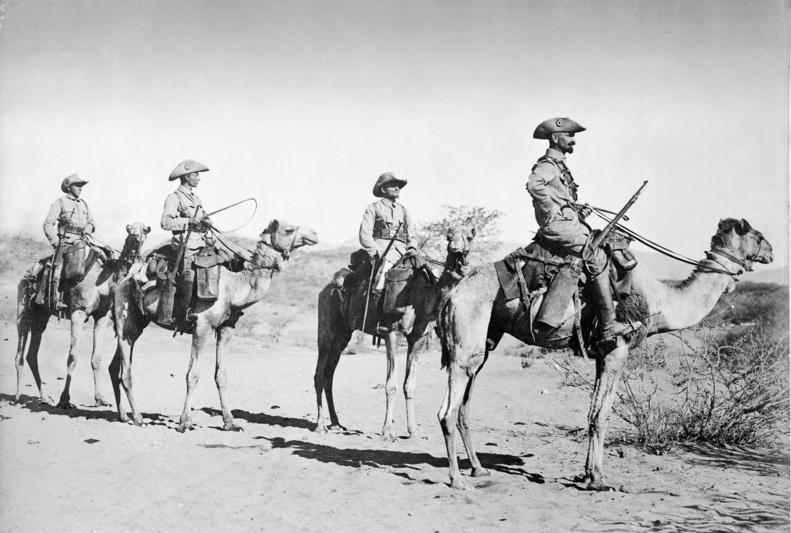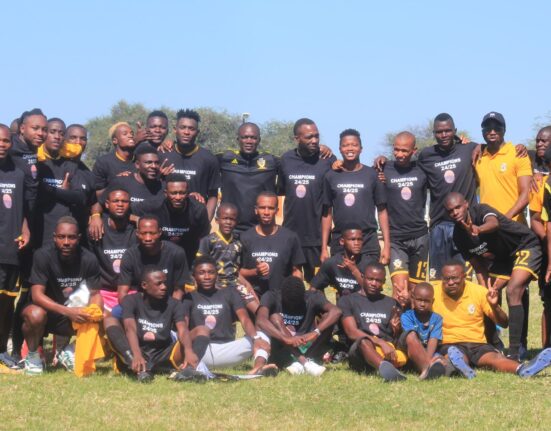Namibia, a country renowned for its stunning landscapes, wildlife, and cultural diversity, has a rich and complex history that has shaped its present identity. Among the many chapters of its history, one of the most significant yet often overlooked periods is its time as German South West Africa. This colony, established by the German Empire in the late 19th century, left a lasting and complex legacy that still resonates in Namibia today. In this article, we explore the history, events, and lasting effects of German South West Africa, shedding light on the forgotten chapter of Namibia’s colonial past.
1. The Arrival of German Colonialism: The Scramble for Africa
The late 19th century marked the height of European imperialism in Africa, a period known as the Scramble for Africa. During this time, European powers sought to claim territories across the continent, often without regard for the native populations. Germany, a relatively new player in the colonial race, joined the fray and quickly expanded its empire in Africa.
In 1884, Otto von Bismarck, the Chancellor of Germany, formally declared the territory of German South West Africa after negotiations with local leaders and the European powers. The German Empire sought to establish a colony in the southwestern part of Africa, which was strategically located along the Atlantic Ocean and had access to valuable resources such as minerals, livestock, and land suitable for farming.
The colony consisted of what is today Namibia, but at the time it was sparsely populated and largely underdeveloped. Indigenous groups, including the Herero, Nama, San, and Damara, had lived in the region for centuries, practicing subsistence farming, hunting, and pastoralism. These groups had little contact with the outside world until the arrival of European settlers.
2. The Establishment of German South West Africa
Germany’s formal claim over the region was solidified in 1884 when German explorer Gustav Nachtigal signed a treaty with the local Nama and Herero leaders, securing German influence in the area. From this point onward, the colony began to see an influx of German settlers, including farmers, traders, and soldiers, all eager to establish their presence in the newly acquired land.
German settlers were encouraged by the colonial government to migrate to German South West Africa, where they were given large tracts of land. The German colonial authorities sought to transform the territory into a profitable colony, focusing on agriculture, cattle ranching, and mineral extraction. The settlers quickly established farms and villages, often displacing the indigenous people in the process.
At the same time, German authorities began to assert their control over the land and its resources, often through coercive means. The Herero and Nama peoples, who had long inhabited the area, were forced to adapt to the new colonial system, which imposed European laws, economic structures, and social norms on their societies. Despite the tensions, the relationship between the settlers and indigenous populations remained somewhat peaceful in the early years.
3. The Herero and Nama Resistance
By the early 1900s, the indigenous populations of German South West Africa, particularly the Herero and the Nama, began to grow discontent with German rule. The German settlers had become increasingly aggressive in claiming land, which led to a series of land disputes, as well as the imposition of harsh taxation, forced labor, and restrictions on indigenous economic practices.
The tensions culminated in the Herero and Nama Wars, which were a direct response to the oppressive colonial policies. The Herero, led by their chief Samuel Maharero, began to resist German encroachment on their land and resources. The conflict escalated in 1904 when the Herero launched a rebellion against German rule. The Nama, led by Jakob Morenga, also joined in the resistance, leading to a widespread uprising against the German settlers.
The German response to this rebellion was brutal and genocidal. The German Imperial Army, under the leadership of General Lothar von Trotha, launched a campaign of violent suppression against the Herero and Nama peoples. The Herero were driven into the desert, where thousands died from starvation, thirst, and disease. It is estimated that up to 80% of the Herero population and 50% of the Nama population were wiped out during this campaign, making it one of the first genocides of the 20th century.
The atrocities committed by the German forces included the mass execution of prisoners, the use of concentration camps, and the forced internment of survivors in desolate locations. The genocide has left a profound scar on the collective memory of Namibia, and the descendants of the Herero and Nama peoples continue to seek recognition and reparations for these crimes to this day.
4. The End of German Rule and the Role of World War I
Germany’s control of German South West Africa came to an abrupt end during World War I. In 1915, shortly after the outbreak of the war, the Union of South Africa, a dominion of the British Empire, launched a military campaign to seize control of the colony. The German forces, already weakened by the ongoing war in Europe, were quickly defeated, and by the end of the year, German South West Africa was under British control.
After Germany’s defeat in World War I, the League of Nations mandated the colony to South Africa as part of the peace settlement. This effectively ended German colonial rule in Namibia, but the legacy of German South West Africa endured. Under South African administration, Namibia remained a mandated territory, and the indigenous populations continued to suffer under apartheid-style policies, which further marginalized their rights and resources.
5. The Legacy of German South West Africa
The legacy of German South West Africa remains deeply embedded in Namibia’s history, and its effects are still visible today. The colonial period left behind a complex cultural, economic, and political landscape. The genocide and subsequent mistreatment of the indigenous populations during German rule have had long-lasting effects, and many Namibians continue to grapple with the consequences of this dark chapter in their history.
The German South West Africa period also shaped the economic structure of the region, with the development of large-scale commercial farming, mining, and infrastructure projects. However, these industries were built on the exploitation of indigenous labor and resources, and the benefits of these developments were largely concentrated in the hands of the European settlers.
In recent years, there has been a growing recognition of the atrocities committed during the German colonial era, and calls for reparations have gained momentum. In 2004, Germany officially acknowledged its role in the genocide, and in 2021, the German government reached a historic agreement with Namibia to recognize the genocide and offer an apology. However, many Namibians feel that this gesture is insufficient and continue to demand reparations for the families affected by the colonial violence.
6. Modern-Day Namibia: Reconciliation and Reflection
Since gaining independence from South Africa in 1990, Namibia has made significant strides toward healing and reconciliation. The Namibian government has taken steps to address the historical injustices suffered by its people, and the country has worked to establish a multi-ethnic and democratic society. However, the legacy of German colonialism, particularly the genocide, continues to be a source of tension.
The recognition of the atrocities committed during German South West Africa is an essential part of Namibia’s journey towards reconciliation and healing. Memorials, such as the Herero Memorial in Okahandja, and the German Colonial Monument in Windhoek, stand as reminders of the dark chapter in the nation’s past and the resilience of its people.
German South West Africa represents a crucial but often overlooked chapter in Namibia’s history. From its establishment as a German colony to the genocide of the Herero and Nama peoples, the legacy of German colonialism continues to shape Namibia’s present and future. Understanding this period is essential for understanding the complexities of Namibian history, the impacts of European imperialism, and the country’s ongoing efforts toward justice and reconciliation.
As Namibia continues to heal from its colonial past, it is essential that the history of German South West Africa is not forgotten, and that the voices of the victims and their descendants are heard. By acknowledging this history, Namibia can move forward with a deeper understanding of its identity and a more inclusive vision for the future.
Join 'Namibia Today' WhatsApp Channel
Get the breaking news in Namibia — direct to your WhatsApp.
CLICK HERE TO JOIN












